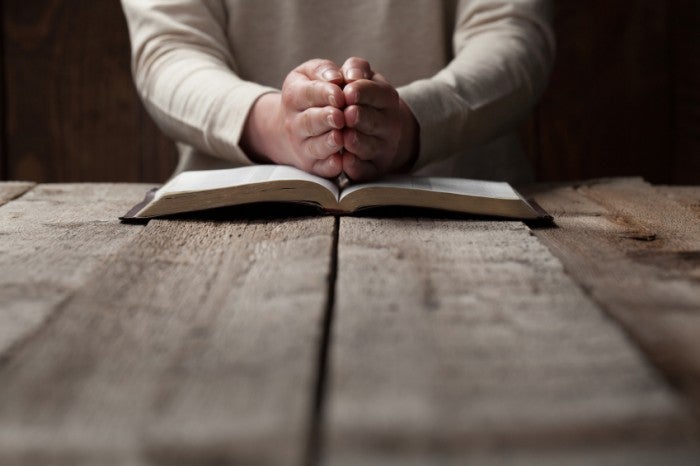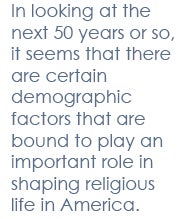
(Photo Credit: istockphoto)
Naomi Schaefer Riley is an author, columnist for the New York Post, and former Wall Street Journal editor. Her work focuses on higher education, religion, philanthropy, and culture. We caught up with Riley, a presenter at the Aspen Ideas Festival, and asked her to share her thoughts on the future of religion in America.
She spoke at the Aspen Ideas Festival on July 2nd on a panel called “Millennials Losing Faith.”
The future of religion in America is not an easy thing to predict. The kind of revivals experienced in the 18th and 19th century coincided with some of the most important developments in what we might now call secular thinking. There is no getting around the fact that faith is more of a choice than an obligation these days — whether that will result in the weakening or strengthening of religion is anyone’s guess.
But in looking at the next 50 years or so, it seems that there are certain demographic factors that are bound to play an important role in shaping religious life in America. The biggest is the delay of marriage. The average age of a first marriage is 27 for women and 29 for men, and it is even higher for college graduates. This has put religious institutions in a real bind because in the past, even if young adults tended to drift away from faith when they left their parents’ home, marriage — and especially childbearing — were surefire signals that it was time to come back.

Now, more and more men and women are deciding to put off marriage or reject it altogether, and to have fewer children or none at all. The result: they will likely spend more time getting out of the habit of being involved in a religious institution. And even if they do decide to come back, they will have a much different attitude toward religious life than they might otherwise. Moreover, if they decide to stay a while with a certain religious community, they will be in a phase of life with young children for less time, if any at all. This will probably affect any obligation they might feel to stick around permanently.
Religious institutions of the future will have to change in a variety of ways to adapt to this brave new world. And while plenty of them are spending a lot of money trying to make themselves cooler and more active on social media, these are not the kind of lasting changes that will make them successful. In fact, of all the millennials I interviewed for my book, “Got Religion?: How Churches, Mosques, and Synagogues Can Bring Young People Back,” who were actually involved in their churches, mosques, and synagogues, none cited technology as a motivating factor.
The changes religious groups need to make will have to be structural and attitudinal. For instance, faith communities will have to find ways to value singles more. It is not that religious leaders can or should relinquish their role defending and promoting the importance of family. But singles must feel as if they are going to religious services not just to meet a mate. They must also find a fulfilling experience and feel they are helping a community to fulfill its purpose
More broadly, clergy and lay leaders will have to rethink their definition of an adult. Just because someone is unmarried, hasn’t finished their education, and lives with their parents, it doesn’t mean they are incapable of taking on positions of responsibility in their faith community. Thanks to longer and healthier lifespans, older people in churches could, if they wanted to, occupy positions in their churches for 40 or 50 years. But if they don’t move aside and give their roles to someone younger, those younger people will never have the sense that their presence is actually important. And then you will lose them for good.

